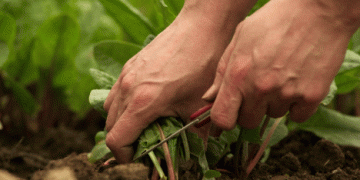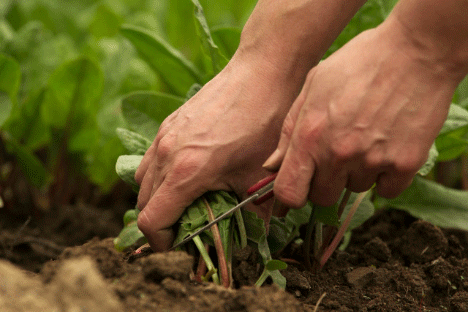The Spanish agricultural sector experienced a significant shift in employment dynamics in the third quarter (Q3) of 2024. According to a recent report from the National Institute of Statistics (INE), unemployment in agriculture dropped by 6.99% compared to the same period in 2023. This decline translates to 10,700 fewer unemployed individuals, signaling a positive trend in labor market recovery within agriculture.
Employment Growth in Agriculture
Between July and September 2024, the primary sector added an impressive 733,700 new jobs, marking a 4.96% increase from the second quarter (April to June) of the same year. This rise in employment underscores the sector’s ability to generate jobs even amid broader economic fluctuations. However, while employment numbers are rising, there are nuances to consider, particularly seasonal labor demands and shifts in agricultural activities that peak during specific months.
Contradictory Trends in Unemployment Rates
Despite this year-over-year improvement, the agricultural sector saw a 17.01% increase in unemployment when comparing Q3 to Q2 of 2024. This uptick represents 20,700 more people unemployed, bringing the total number of unemployed agricultural workers to 142,100 in the third quarter. The apparent contradiction between rising employment and higher quarter-on-quarter unemployment suggests complexities in seasonal hiring practices and the cyclical nature of agricultural work.
Factors Influencing Employment Shifts
Several factors could explain these employment fluctuations. Agricultural work is highly dependent on the growing season and harvest cycles, leading to large-scale hiring followed by layoffs. Furthermore, Spain’s agricultural sector is affected by weather conditions, global trade trends, and policy changes, which influence workforce needs. Innovations in technology and shifts towards more sustainable practices might also be impacting labor patterns.
Implications for the Agricultural Workforce
These mixed trends present both opportunities and challenges for those involved in the agricultural sector. The overall decline in unemployment compared to 2023 is promising, suggesting that structural improvements or stronger market conditions are benefiting workers. However, the quarter-on-quarter rise in unemployment highlights the need for more stable employment practices or workforce development programs that can accommodate seasonal and technology-driven changes.
The decrease in agricultural unemployment compared to 2023 is a welcome development, but the seasonal spikes remind us of the volatility inherent in the sector. For policymakers, agribusinesses, and labor organizations, the focus should be on creating a more resilient and adaptable workforce capable of managing these cyclical changes. Strengthening training and diversifying agricultural activities could provide more year-round stability for workers.































